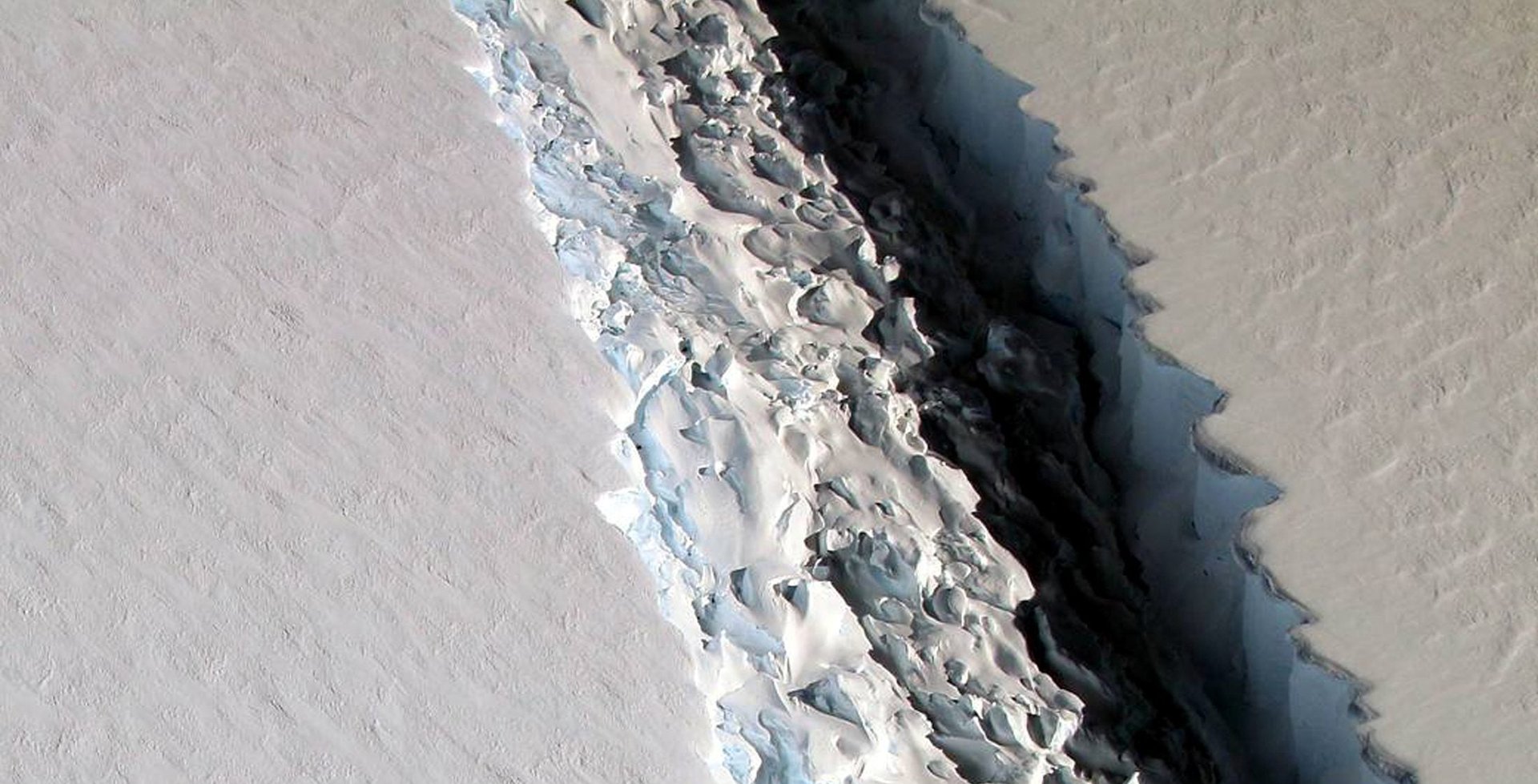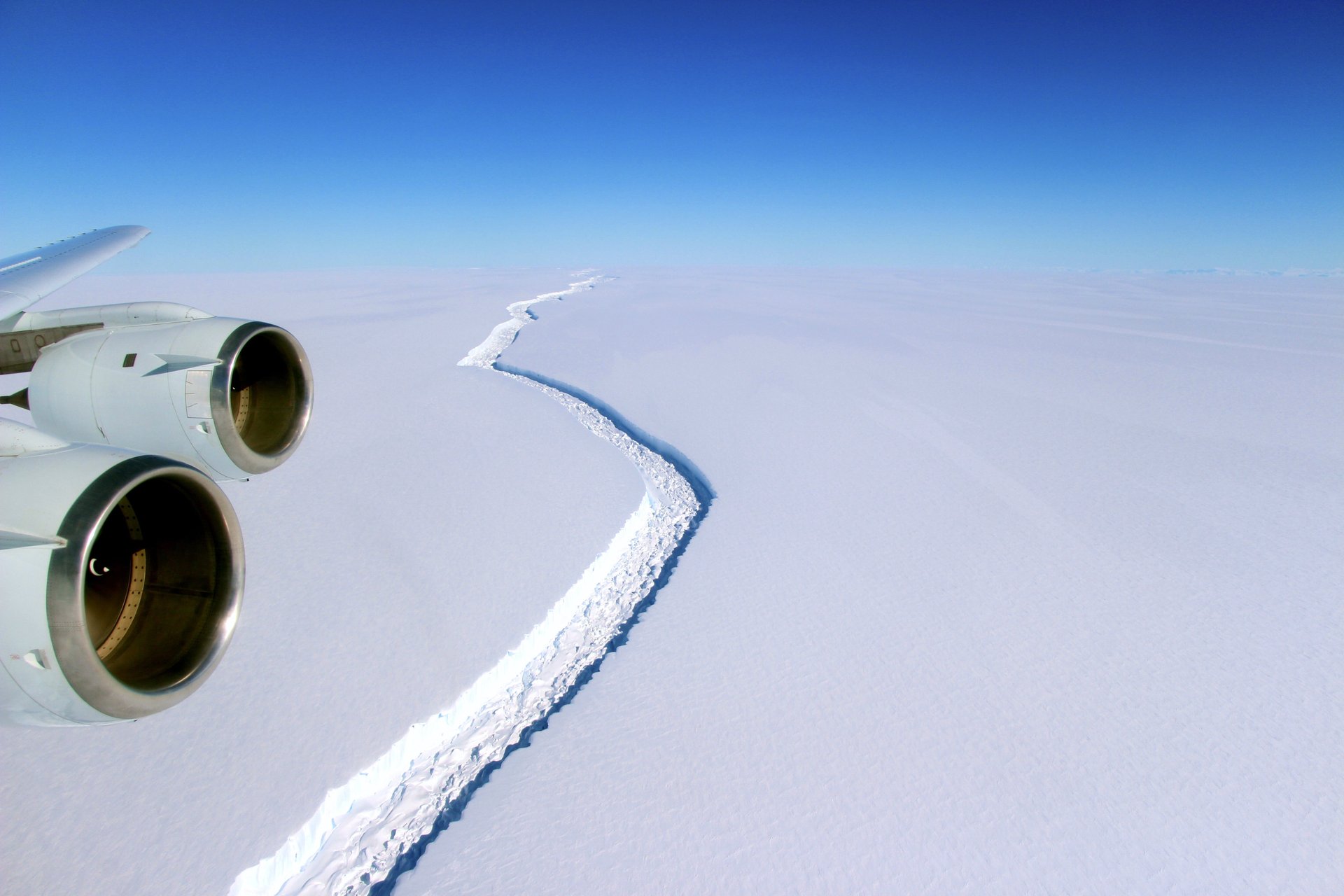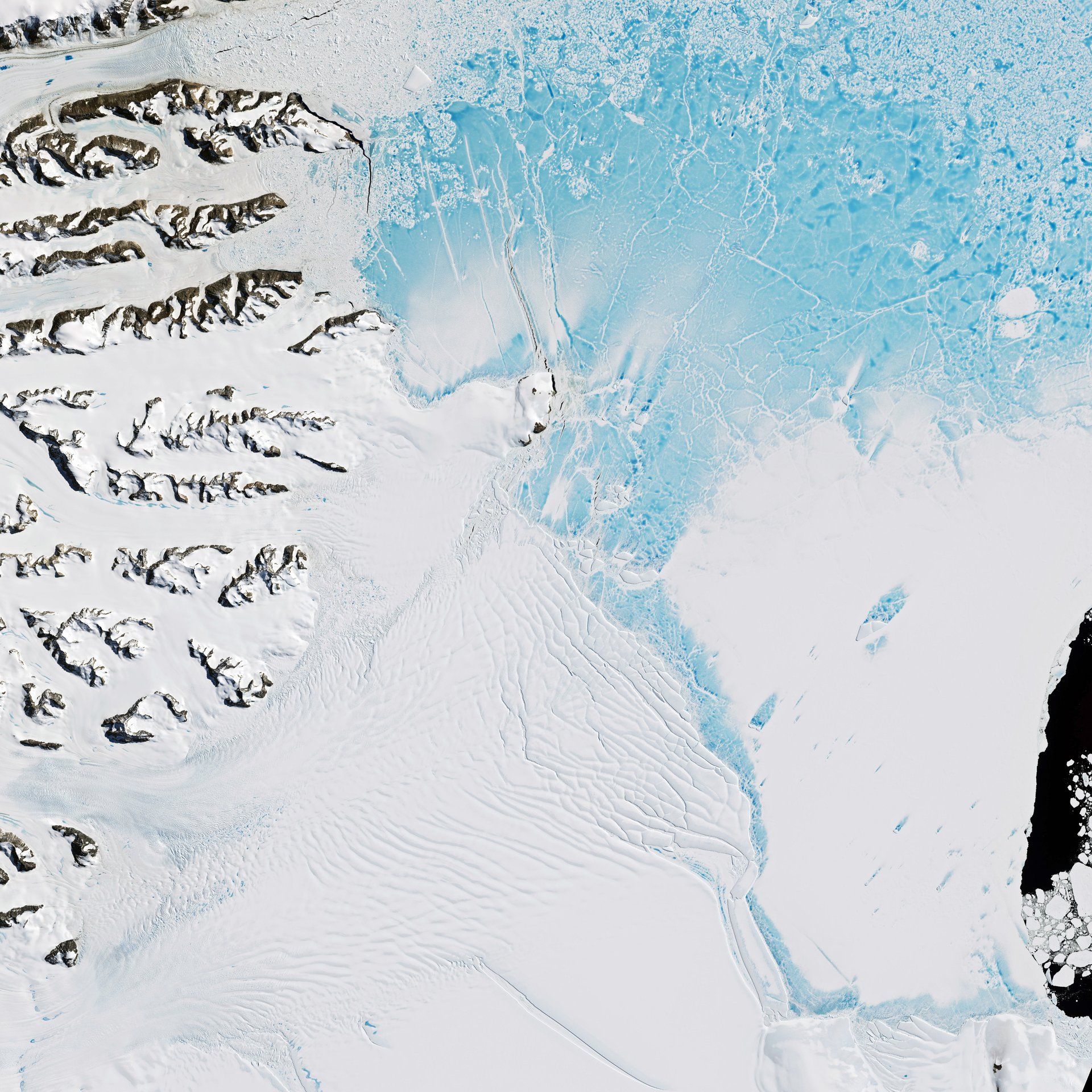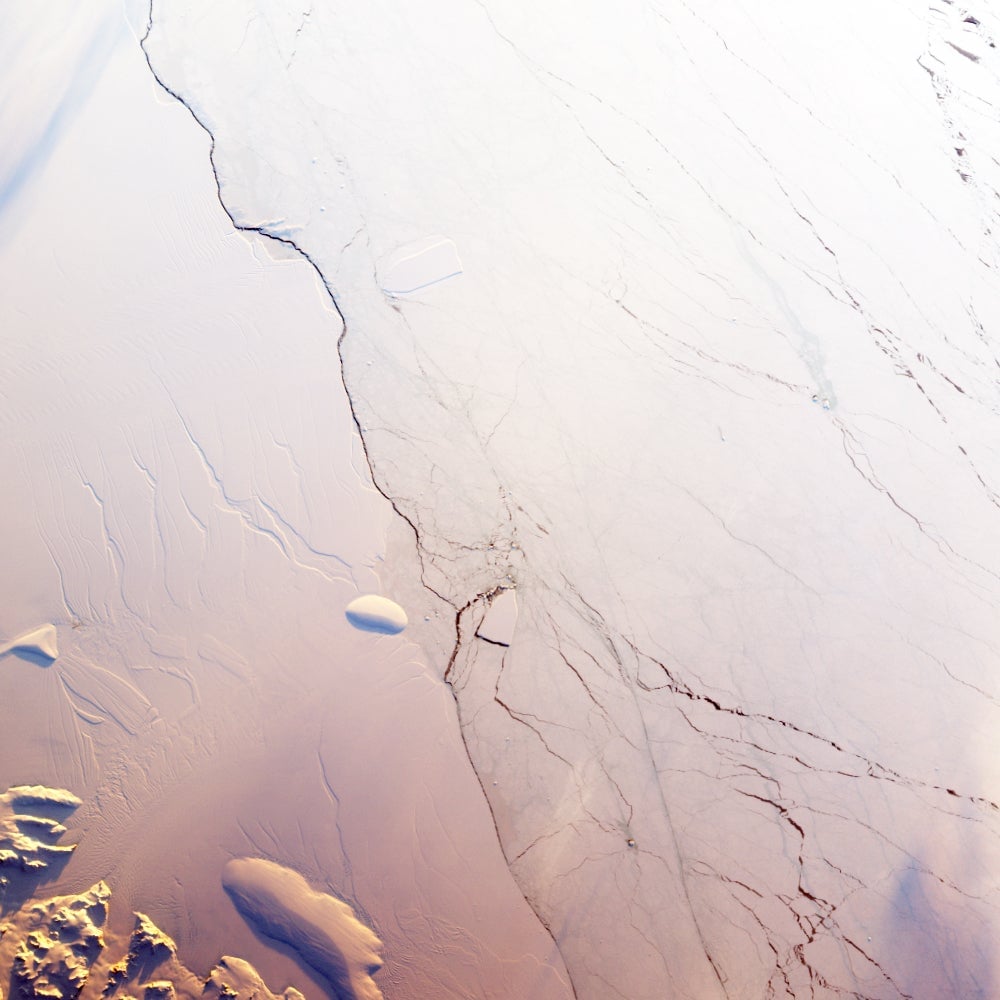Trump walks from the Paris accord. Meanwhile, an ice shelf half the size of Lebanon is about to fall into the ocean.
The noise US president Donald Trump is making on the Paris climate agreement will be heard around the world. Yet the sounds we should really be paying attention to right now are coming from Antarctica.


The noise US president Donald Trump is making on the Paris climate agreement will be heard around the world. Yet the sounds we should really be paying attention to right now are coming from Antarctica.
It’s the low rumble of cracks growing on the Larsen C ice shelf. Though ice shelves fragment for natural reasons, scientists have never seen a chunk of Antarctic ice this big—about 5,000 sq km (2,000 sq miles), or half the size of Lebanon—break off so quickly.

Larsen C is one of the biggest ice shelves on the ice-covered continent of Antarctica. It’s about 350 meters (1,200 feet) thick and covers a total area of about 50,000 sq km (19,000 sq miles, or about the size of Croatia). Its rift has been growing since 2011, but the pace has increased dramatically over the past six months. The 80 km (60 mile) rift extended 20 km in December, another 10 km in January, then it forked in April, and it grew by another 17 km in May.

The ice shelf is now holding onto the continent by a mere 13 km of unbroken ice. When it separates, the newly formed iceberg will travel into the Weddell Sea and eventually into the Southern Ocean, where it’ll slowly melt.

Because of Earth’s rotation, human-induced global warming is most felt at the planet’s poles. Scientists have been observing rising temperatures in Antarctica for many decades, and believe it is likely contributing to more rapid ice melting. However, they can’t be 100% certain that the widespread warming they’ve seen is directly responsible for a singular event like Larsen C’s rift.
Nevertheless, it’s worrying because ice shelves hold back glaciers. With this much of Larsen C gone, these glaciers will dump increasing amounts of water into the sea, contributing to already rising sea levels.